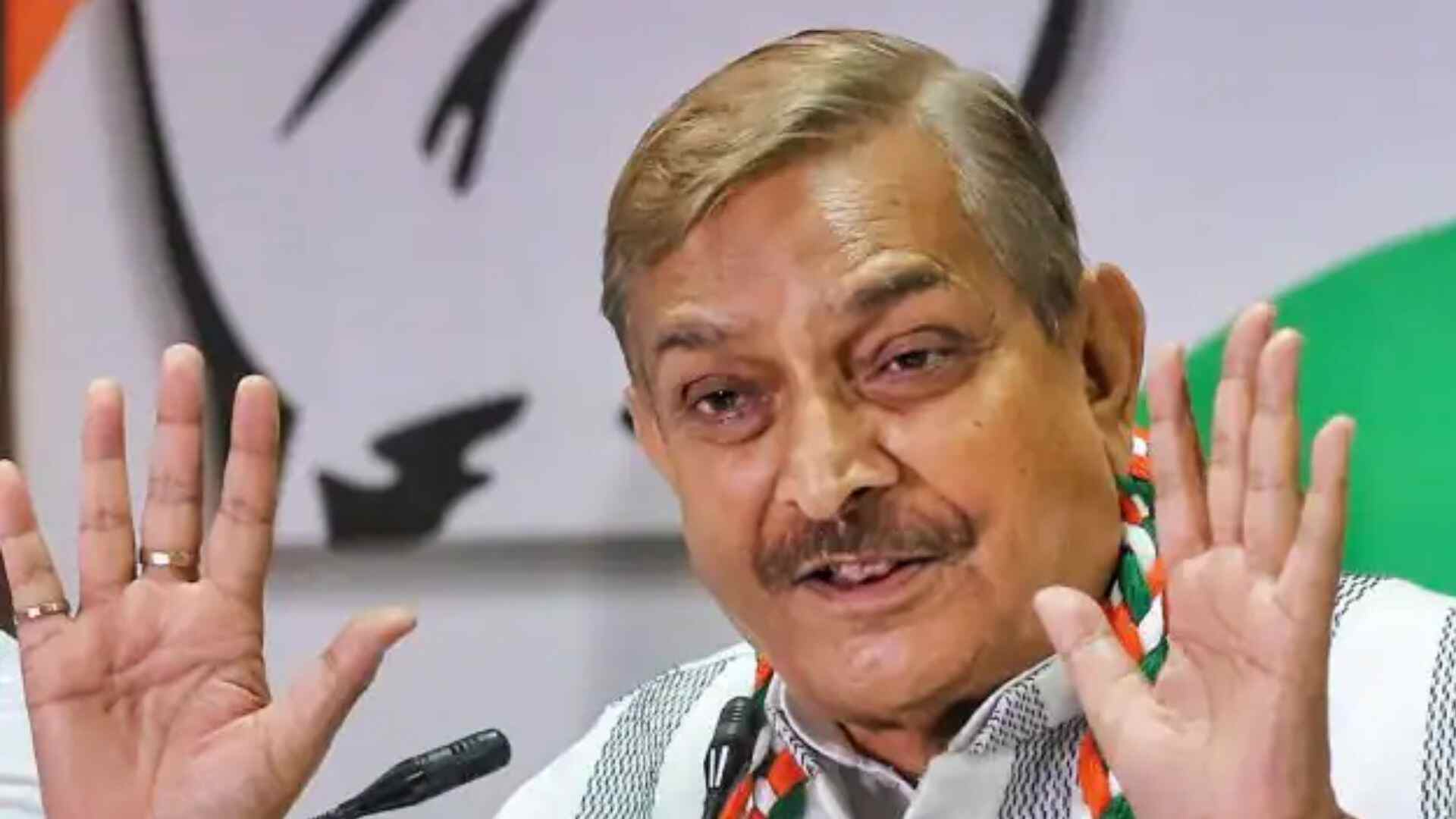
Farmers continue to be unrelenting. Their camps are well organised and the government should be able to see that this vast stream of ex-servicemen farmers are well trained to handle teams in deserts as well as upon glaciers. Sensibility demands that any confrontation laced with the repetitive logic of anti-national opposition should be avoided in dealing with them—not out of fear but out of respect for their superb training in the Indian Army.
What ails the food and farmer relationship in Indian agriculture? Whoever understands inter-linkages of India’s food commerce and the sensitive overlapping of symbiotic bonds from the village upwards would have cautiously avoided such a radical legislative shootout in the form of the three farmers’ Acts. Governments are designed around constitutional consensus structured through time-tested institutions. For all governments some decisions are good and some shortsighted specifically catering for the vote-banks but the art of governance is always reflected in the manner the government avoids a ‘point of no-return confrontation’. One can recollect the way previous governments have handled the ‘do or die’ protests led by villagers against Tehri Dam and Silent Valley protests led by school teachers in Kerala during the 1970s. Constitutional governance is not about unfolding a dream nation as dreams are specific to a psychological state of mind, but it’s about maturity of institutional inclusivity which reasonable parents adhere to.
The timing of the three bills is also an added threat to a pre-existing contraction that our economy is undergoing. The Reserve Bank of India’s Monetary Policy Committee (MPC) has warned that food inflation is set to grow, higher food prices may continue to put pressure on household budgets and would also impact the non-food markets negatively. It is important to understand how this would negatively affect transactions between the farmers and the big supermarket giants which remain hidden in Act no.1 under an enticing freedom ensured from the mandis. The Farmers’ Produce and Commerce (Promotion and Facilitation) Act (FPCA) 2020 permits intra-state and inter-state trade of farmers’ produce beyond the physical premises of mandis called Agriculture Produce Market Committee (APMC) Market Yards. The farmers now have the freedom to sell directly to Super-Supermarkets called the hypermarket traders. Who are these supermarket traders and how much do they know about farmers and vice-versa?
Hypermarket is a mega-supermarket which sells everything from food to non-food items, and can easily balance losses in a particular section with profits in the other. They are near cities to ensure footfalls and sustained profits. Reliance Retail is the biggest supermarket chain in India but there are eight others which control the markets of farmers produce. These are Big Bazaar, DMart, Star Bazar, Hypercity, Reliance Fresh, Spar, Spencer’s Retail and More Retail. As per NABARD’s (National Bank for Agriculture and Rural Development) Rural Survey, an average landholding size has shrunk by 6% to less than 1.1 ha which suggests that most farmers are small landholders and not exposed to the hypermarkets and their food products as compared to their next door market yards. It would be preposterous to think that such a trade would not need middlemen and farmers would be directly trading with the hypermarket system. In fact the middlemen would be more anonymous and mysterious as their task would just not be confined to the transactions in food items but also influencing the mindset in promoting a particular variety of potato, cabbage, oilseed or grain which the city purchaser comes looking for in the hypermarket. This would reduce availability of local food items which grow as wild relatives (bathua or Chenopodium Album, wild rice and oilseed grasses) of hybrid market varieties and sell at very low price in local markets ensuring food availability and nutrition combined with fodder for animals and milch cattle even if they are stray.
The green revolution ignored this micro-level symbiosis of Indian agriculture to grow more food, leading to excessive oxytocin and phosphorus consumption in dairy and land produce respectively. Today Punjab has cancer villages and areas where a mother cannot feed her milk to a newborn due to high chemical residues in her body. The Act provokes an agricultural turnaround what the new HYV technology of Norman E. Borlaug did earlier and the FPCA does today. This also clarifies why this agitation is led by the farmers of the green revolution areas, i.e., Punjab, Haryana and western Uttar Pradesh. But, there is more to fear as the food gets linked to hypermarkets.
In the last decade the merchandising of food and non-food items in supermarket stores has changed a lot. Economic uncertainties and rising operational costs due to increased overheads and currently due to lockdowns during Covid-19 have forced hypermarket owners to rely more on the assured profits of non-degradable and long-shelf life items of household goods, cosmetics, pharmacy, children products, stationary, books, shoes and toys. The profits from non-food items are generally triple the profits in food items as shared by many storekeepers. This is a historic and unavoidable fact about trading food through supermarkets which John D. Horn’s ‘Merchandising Non-Food Items through Super Markets’ had analysed long back in 1954 when markets in the West were changing. The Hypermart owners have always been in a better bargaining position to hold back food supplies in stores to achieve a price control favourable to maintaining their profits.
The timing of bringing FPCA during a contracting economy is an uncalled for trouble which no governance conscious government would ever like to take. This is unprecedented bleeding time for an economy with high contraction, shrinking state revenues by more than 21.5% year on year, overburdened Centre due to revenue reduction by 32.5% and on top of it, exploding health budget, increased borrowings and debt burden. The states are already stressed under an unprecedented health spending for health is a state subject.
Adding up to this is the states’ increased debt burden in which debt to GSDP (Gross State Domestic Product) ratio for most states reaches higher than 25% which amputates fresh initiatives by states. Interestingly, this debt to GSDP ratio is highest at 40% for Punjab which reveals and suggests where and why this agitation is triggered. In such a scenario, little is being done to raise demands which may inspire hypermarkets to purchase more from farmers. It is also likely that private investors may hold back money from new investments and farmers having lost mandis and MSPs may find themselves trapped as cogs in the corporate markets. The reform of APMCs was definitely required but not at the cost of dismantling them and throwing the farmer out of her safety net.
The last but not the least is the manner in which the Act keeps eyes wide shut over women farmers. No doubt the agitation brings together a large number of them to the gates of Delhi. The nature of agriculture in India suggests that it is defined by a familial tradition of community relationships within which 84% of women farmers exist as a dominant underdog whose income and produce is never accounted for in the national GDP statistics. An awakened sensitivity of women have made them active partners in the farmers’ agitation and those who could not join have been opening community kitchens in villages as their men go to the front to fight for their rights.
India has the fourth largest agricultural sector in the world and it definitely demands a more careful attention. It is advisable to withdraw and refer these Acts to a larger consultative body which is more representative of farmers than of the ruling party, even though the government has lost this golden opportunity when its oldest ally Akali Dal’s Harsimrat Kaur had resigned. There is still time for retrofitting!
The writer is president, NAPSIPAG Disaster Research Group, and formerly Professor of Administrative Reforms & Emergency Governance, JNU, Delhi. The views expressed are personal.















